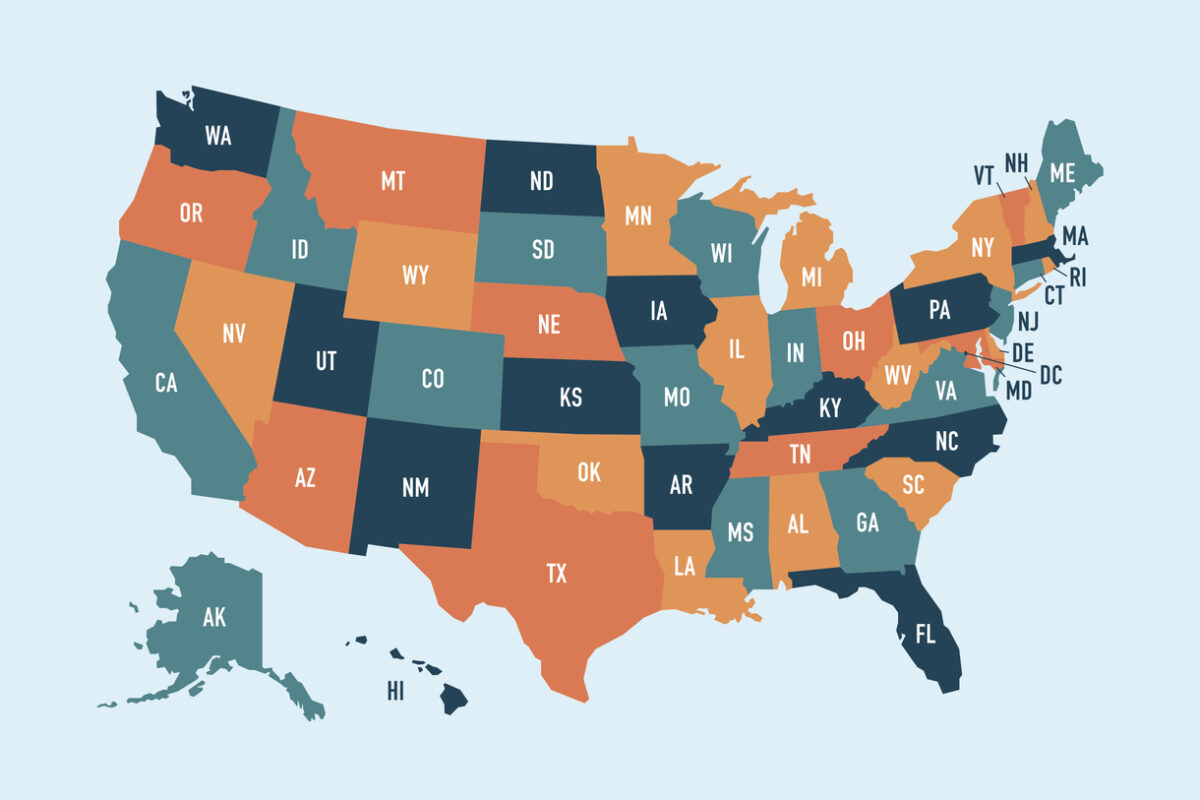How Wealth, Not Just Income, Shapes College Access and Success

Washington, DC (May 30, 2024) – For decades, income has been the lens through which researchers and policymakers examine economic inequities in higher education. However, a new report by the Institute for Higher Education Policy explores an underexamined factor in college access and success: wealth. Breaking the Cycle of Racial Wealth Inequities and Higher Education Outcomes, finds that wealth disparities can be even greater than income disparities, particularly for Black and Latinx students.
While the median income for White households is nearly twice that of Black households, the median wealth for White households is a staggering 13 times larger. This gap, which is rooted in generations of discrimination and systemic barriers to opportunity, affects the college dreams of countless people from historically marginalized communities.
“Higher education can be a powerful tool for narrowing the racial wealth gap when policies are designed to consider the unique challenges faced by students from low-wealth backgrounds,” says Eleanor Eckerson Peters, IHEP’s Director of Research and Policy and contributing author of the report. “By leveraging data-driven insights, we can create a more just and equitable higher education system that benefits all students.”
Wealth provides a more holistic picture of the resources available to students and their families than income alone. Breaking the Cycle finds wealth significantly impacts college savings, enrollment, completion, and borrowing, shaping access to higher education opportunities for future generations.
- Savings: Individuals who receive a wealth transfer of at least $10,000 from their parents or grandparents are nearly twice as likely to save for their children’s college education.
- Enrollment: While both income and wealth influence college enrollment, their impact varies significantly across racial and ethnic groups. Wealth is an especially salient factor for Latinx students for whom differences in enrollment rates are more pronounced based on wealth than income, highlighting the need for targeted supports.
- Completion: Even among high-income and high-wealth Black and Latinx students, significant disparities in completion rates persist, pointing to systemic barriers beyond financial resources.
- Borrowing: Students from different races and ethnicities do not borrow at the same rates. As White household wealth increases, White students are less likely to borrow. But this pattern does not necessarily hold true for other racial groups. Further research is needed to fully understand the factors contributing to these patterns.
The report offers actionable recommendations for policymakers, researchers, and other stakeholders to dismantle structural inequities to ensure a postsecondary credential becomes a pathway to wealth creation for all students, particularly Black, Latinx, Indigenous, and underrepresented Asian American, Native Hawaiian, and Pacific Islander communities. Federal, state, and institutional policymakers should:
- Center racial equity in policymaking, explicitly addressing inequities and historical causes that have perpetuated disparities in higher education outcomes.
- Consider how wealth should be incorporated into the disbursement of need-based financial aid, exploring new approaches that account for wealth while minimizing unintended consequences.
- Consider designing recruitment, outreach, and admissions policies that increase access for students from low-wealth backgrounds, alongside those from low-income backgrounds.
- Identify student support practices that specifically address completion disparities by wealth, ensuring that interventions are tailored to meet the needs of students from low-wealth backgrounds.
- Assess and improve policies related to student loans to foster opportunities for wealth-building and reduce disparities in borrowing and repayment by race and ethnicity.
- Invest in historically underfunded institutions, such as Historically Black Colleges and Universities (HBCUs) and Minority-Serving Institutions (MSIs), to expand their capacity to serve students of color from low-wealth and low-income backgrounds.
The report also assesses the availability of data on wealth and postsecondary outcomes, includes a detailed inventory of select data sources, and calls for data improvements to better understand the relationship between wealth and higher education and inform targeted interventions to promote equitable outcomes. Many current datasets capture information on either higher education or wealth — not both. Recommendations include publishing wealth summaries from FAFSA submissions in publicly available U.S. Department of Education datasets, adding median asset variables disaggregated by race and ethnicity to future releases of the College Scorecard, collecting more granular data on wealth in longitudinal studies, and oversampling small populations to build sufficient sample sizes.
Read the full analysis and recommendations in Breaking the Cycle of Racial Wealth Inequities and Higher Education Outcomes: How Data-Driven Insights Can Inform Policy Solutions That Address the Racial Wealth Gap.
###


